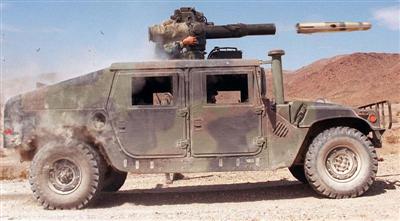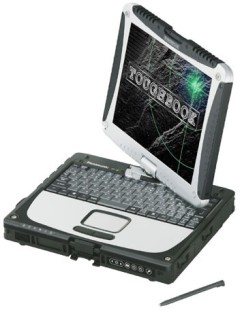Small islands are often the source of dispute among countries near them. Several countries have been in conflict owing to their claims of ownership of islands with rich marine resources and great potential for gas and oil reserve.
In Asia alone, the Philippines, Vietnam and China are claiming some areas as theirs and this remains unsettled up to now. In fact, this has prompted the U.S. to make its stand amid the tension among the nations involved.
Scarborough Shoal
The Philippines and China are both in territorial disputes over the Scarborough Shoal in the South China Sea. The Philippines has called for international support amid this ongoing row. While the country has sent its troops to the shoal, China has also sent vessels to the area and word is out that the Chinese may be building an airstrip in the disputed reef. Philippine Navy members have arrested Chinese fishermen in the area several times for gathering marine species protected by the government. [Read more…]


 At Gadzooki, the thing that drives us the most is excitement about future technology. Sure gadgets are nice, and we love our tech, but deep down, we love innovation and thinking about the future.
At Gadzooki, the thing that drives us the most is excitement about future technology. Sure gadgets are nice, and we love our tech, but deep down, we love innovation and thinking about the future. If you’ve watched any spy thriller movies and action-oriented television shows lately, you would notice the thick, rubber-padded, ruggedized laptops that either the baddies or the good guys tote with them to take care of their high tech needs. Take Mission Impossible, for instance. I distinctly remember scenes in MI2 and M:I:III where I spotted ruggedized laptops. I suppose they survived explosions–or at least the data inside them on hard discs did.
If you’ve watched any spy thriller movies and action-oriented television shows lately, you would notice the thick, rubber-padded, ruggedized laptops that either the baddies or the good guys tote with them to take care of their high tech needs. Take Mission Impossible, for instance. I distinctly remember scenes in MI2 and M:I:III where I spotted ruggedized laptops. I suppose they survived explosions–or at least the data inside them on hard discs did.
